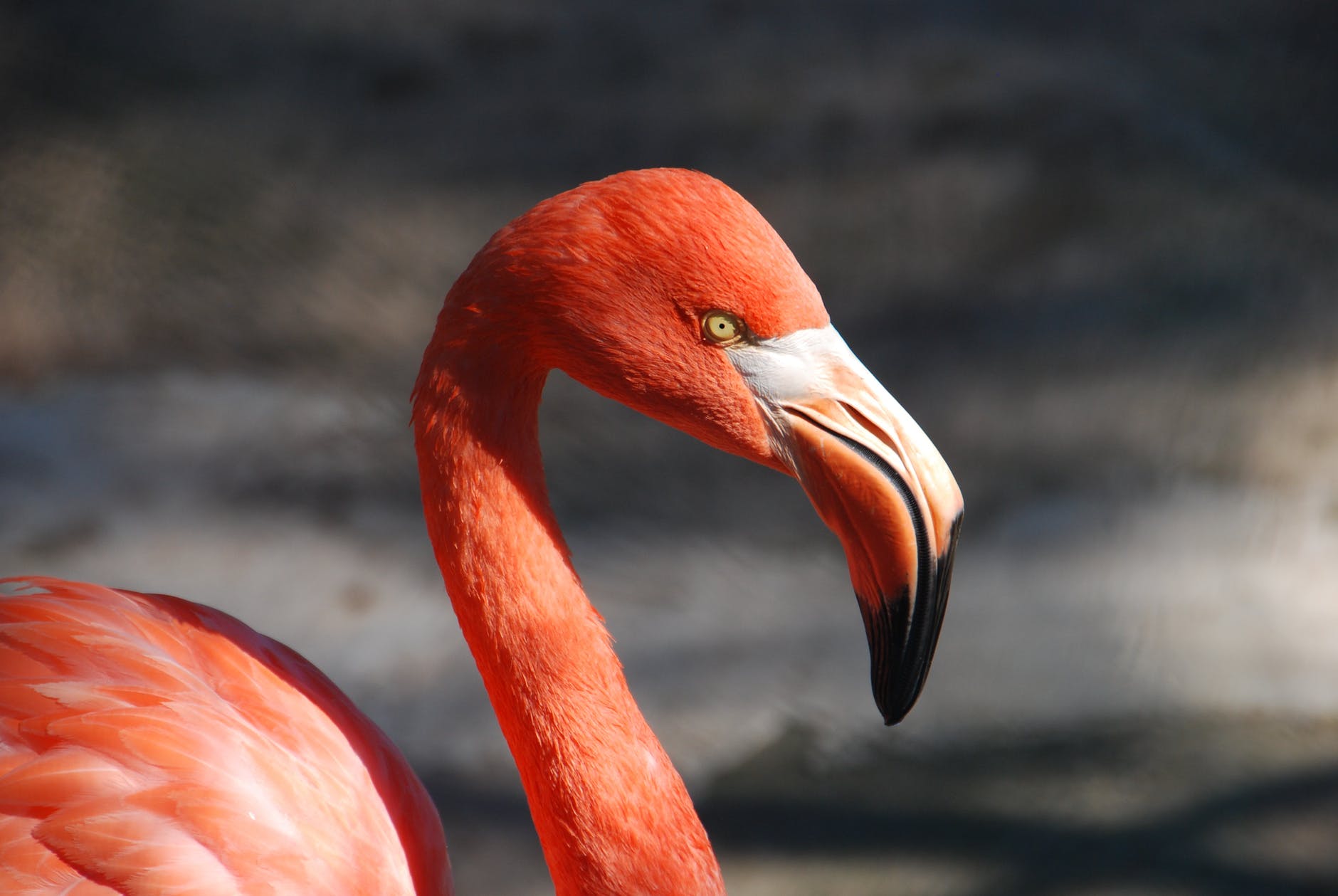New research has just revealed that bright pink flamingos are more aggressive than paler rivals when fighting over food. When the birds squabble over food, the pinkest flamingos — both male and female — tend to push the others around. This makes sense when considering that pink plumage is a sign of good health in lesser flamingos, and a flush of color often means they are ready to breed.
–
“Flamingos live in large groups with complex social structures. Color plays an important role in this. The color comes from carotenoids in their food, which for lesser flamingos is mostly algae that they filter from the water. Lesser flamingos do not have a breeding season — they breed when they’re in good enough condition. This is often displayed by a “pink flush” in the feathers. The birds then become paler again during the tiring days of early parenthood.
“A healthy flamingo that is an efficient feeder — demonstrated by its colorful feathers — will have more time and energy to be aggressive and dominant when feeding.”
-Dr. Paul Rose, Researcher, University of Exeter
–
Study overview
The color of individual birds in the study was scored from one (mainly white) to four (mainly pink).
The researchers studied the behavior of Slimbridge’s lesser flamingos in different feeding situations: at an indoor feeding bowl, a larger indoor feeding pool, and outdoors with food available in a large pool.
In the outdoor pool, birds spent less than half as much time displaying aggression, while foraging time doubled (compared to when fed from a bowl). No difference was found between males and females in rates of feeding or aggression.
–
Takeaway
“When birds have to crowd together to get their food, they squabble more and therefore spend less time feeding. It’s not always possible to feed these birds outdoors, as lesser flamingos only weigh about 2kg and are native to Africa, so captive birds in places like the UK would get too cold if they went outside in the winter.
“However, this study shows they should be fed over as wide an area as possible. Where possible, creating spacious outdoor feeding areas can encourage natural foraging patterns and reduce excess aggression.”
Journal Reference: Paul Rose, Laura Soole. What influences aggression and foraging activity in social birds? Measuring individual, group and environmental characteristics. Ethology, 2020; DOI: 10.1111/eth.13067
Posted by: Kris


1 Comment
Comments are closed.